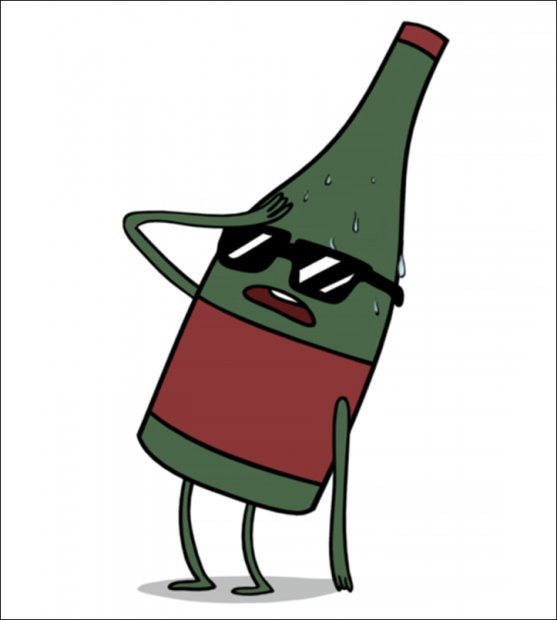
Being a weather-dependent activity, wine-growing is particularly impacted by global warming.
We notice harvesting is carried out two to three weeks earlier compared to the last century, violent climate-related incidents (frost, hail, coulure*, drought …) are multiplying and increasingly disturbing the work of winemakers.
*a form of poor fruit set in grapes where the berries fall off just after flowering
The following examples allow us to better understand the phenomenon:
- 2002: 400mm of rain in two days (400L of water per m²) right before the harvest resulting in a loss of 50% of the yield on certain farms,
- 2003: extreme drought in July and August with temperatures reaching over 40°C resulting in overly-sweet grapes with very little juice,
- 2012: abnormally fierce winter frost with temperatures sometimes reaching -20°C resulting in a loss of 60% on the most-exposed plots,
- 2013: temperatures regularly below 10°C in the spring resulting in unsatisfactory blooming of the flower with over 80% loss of the yield on some plots.
These disruptions can lead to unwanted characteristics in the wine:
- Increase of sugar content and therefore higher alcohol level,
- Decrease of total acidity and therefore less “freshness” in the wines,
- Change of aromatic description,
- Change of colorimetre concentration (wine colour).
Winemakers are implementing several strategies trying to limit the impact of these phenomena:
- Technical innovations: new grape varieties, new rootstocks, resorting to irrigation, ...
- Transfer the plants into more fresh areas, for example to a higher altitude,
- Adapting the appellations (designations) to these weather changes,
- Investment in understanding scientific know-how and weather-related issues.
If this doesn’t work, the last option is to make our wines using must imported from more mild-climate regions, but no-one wants to even consider this idea yet!
For more news on Rhone wines : www.vins-rhone.com
Published : 2014-12-10

